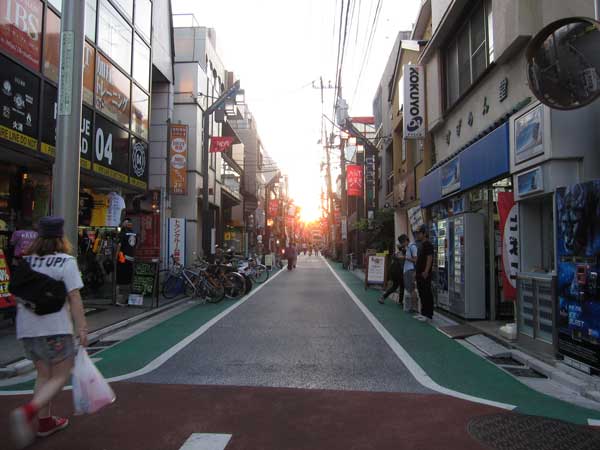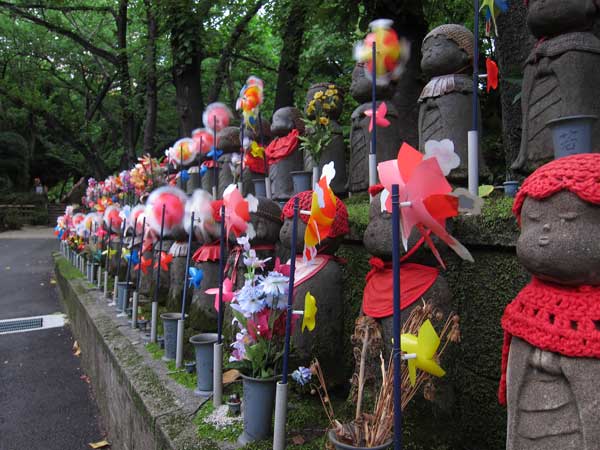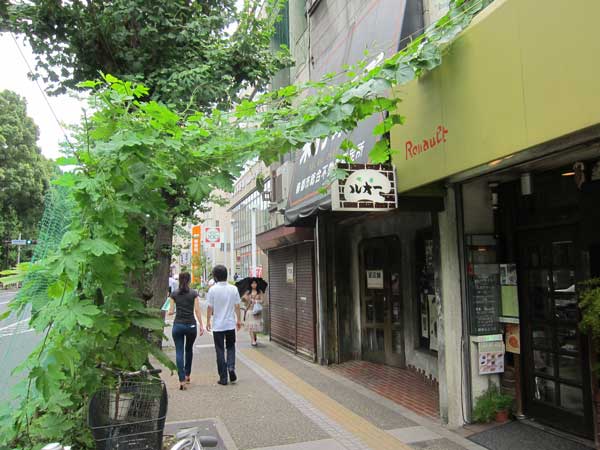
節電のために、この夏は東京のどこでもグリーン・ウォール「垂直の庭」が作られています。混雑して、背が高い都市では、垂直の表面のほうが屋根より多いです。まず、杉並区役所とマンションのベランダでグリーン・カーテンが作られました。今、事務所や店の建物で、グリーン・ウォ―ルを作りはじめました。夏にグリーン・カーテンはヒートアイランド現象の緩和のために良くて、一年中、グーリン・ウォールは庭や農園や生息地を提供します。この写真を芝公園、新宿御苑前、大井町、大門で撮りました。
Spurred by the energy crisis post-Fukushima, there’s been a notable increase in the number of mid-rise office and retail buildings with green walls. In an over-built city, vertical surfaces are the largest potential area for gardening, farming, and habitat creation.
Tokyo has far more vertical surfaces than roof areas, and we are only at the very beginning of creating an urban forest.
I have been following this topic for a while, and have watched this idea spread from notable public spaces like Suginami’s ward office (world’s largest green curtain) to apartment balconies, flower shops, and now commercial and retail spaces. This wide distribution across Tokyo and across building types is very exciting to see.
Some questions I have include:
- What types of plants can be grown vertically and for what functions: aesthetics, habitat, scent, seasonal change, food?
- How can green walls enhance innovative architecture and place-making?
- How can vertical and roof gardens connect buildings, neighbors, and wildlife?
- What is the impact on heat island effect, global competitiveness, and quality of life?
The answers will come from experimentation and diffusion. The photos, from top to bottom, are four green walls I’ve recently seen:
1. Hasegawa Green Building in Shiba Koen
2. Office mid-rise in Shinjuku Gyoen-mae (2 photos). The company that created and maintains this green wall is called Ishikatsu Exterior (石勝イクステリア).
3. Oimachi retail building near station.
4. Daimon office building.

















